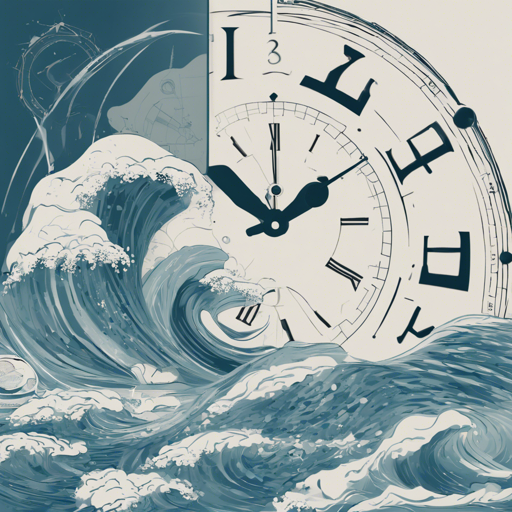Welcome to your comprehensive guide for working with TIME-SEA-PLUS and its OneAPI implementation. In this article, we will explore setting up your environment, running necessary scripts, and functioning with the OneAPI Docker container. Whether you are a seasoned developer or a curious beginner, this guide aims to streamline your experience.
Preparation and Setup
Your journey into the world of TIME-SEA-PLUS starts with preparing your environment. Let’s go through the necessary steps:
- Install Required Tools: Ensure you have Docker, Redis, MySQL, and Java Development Kit (JDK) on your machine.
- Clone the Repository: Use the command below to clone the repository and access the necessary files:
git clone https://github.com/dulaiduwang003/TIME-SEA-PLUSRunning the Initialization Script
Before diving into the Docker setup, let’s run the initialization scripts. Think of this as preparing your kitchen before cooking a meal—you wouldn’t want to start without having all your ingredients ready!
sh init.shRunning the initialization script sets up the necessary databases (like MySQL and Redis), so you can hit the ground running. Repeat the script as needed based on how many times you’re instructed.
Setting Up OneAPI in Docker
With your setup ready, let’s create the Docker container for OneAPI. Imagine you’re planting a seed in a garden. Without the right nutrients and support, the seed may not grow, but with the right conditions, it can thrive.
docker run --name one-api -d --restart always -e REDIS_CONN_STRING=redis://default:@localhost:6379 \
-e SESSION_SECRET=xiaoye123 -e SQL_DSN=oneapi:7KF4KccCs@tcp(localhost:3306)/oneapi \
-e NODE_TYPE=master -e CHANNEL_UPDATE_FREQUENCY=1440 \
-e CHANNEL_TEST_FREQUENCY=1440 -e POLLING_INTERVAL=5 \
-e BATCH_UPDATE_ENABLED=false -e GLOBAL_API_RATE_LIMIT=180000 \
-e GLOBAL_WEB_RATE_LIMIT=50000 -e SYNC_FREQUENCY=60 \
--network=host -p 3000:3000 -v www/wwwroot/oneapi:data \
ghcr.io/songquanpeng/one-api:v0.5.5-alpha.4This command launches a new OneAPI container with various configuration settings that are crucial for its operation. Here’s what some key parameters mean:
- REDIS_CONN_STRING: This connects your application to Redis, just like a bridge linking two islands.
- SQL_DSN: This is your connection string for the MySQL database, allowing your app to store and retrieve data efficiently.
- POLLING_INTERVAL: Think of this as the heartbeat of your application, ensuring it repeatedly checks for updates.
Troubleshooting Common Issues
Encountering problems? Don’t worry—troubleshooting is part of the development journey!
- Cannot Connect to Redis: Ensure that the Redis server is running and the connection string is correct.
- Database Connection Error: Verify your MySQL credentials and make sure the database is set up correctly.
- If you encounter any stubborn issues or need expert advice, for more insights, updates, or to collaborate on AI development projects, stay connected with fxis.ai.
Conclusion
Setting up TIME-SEA-PLUS and OneAPI might seem complex, but with the right steps and a little patience, you’ll have a robust application up and running. At fxis.ai, we believe that such advancements are crucial for the future of AI, as they enable more comprehensive and effective solutions. Our team is continually exploring new methodologies to push the envelope in artificial intelligence, ensuring that our clients benefit from the latest technological innovations.
Now, go ahead and take your first steps into this exciting realm of possibilities! Happy coding!

